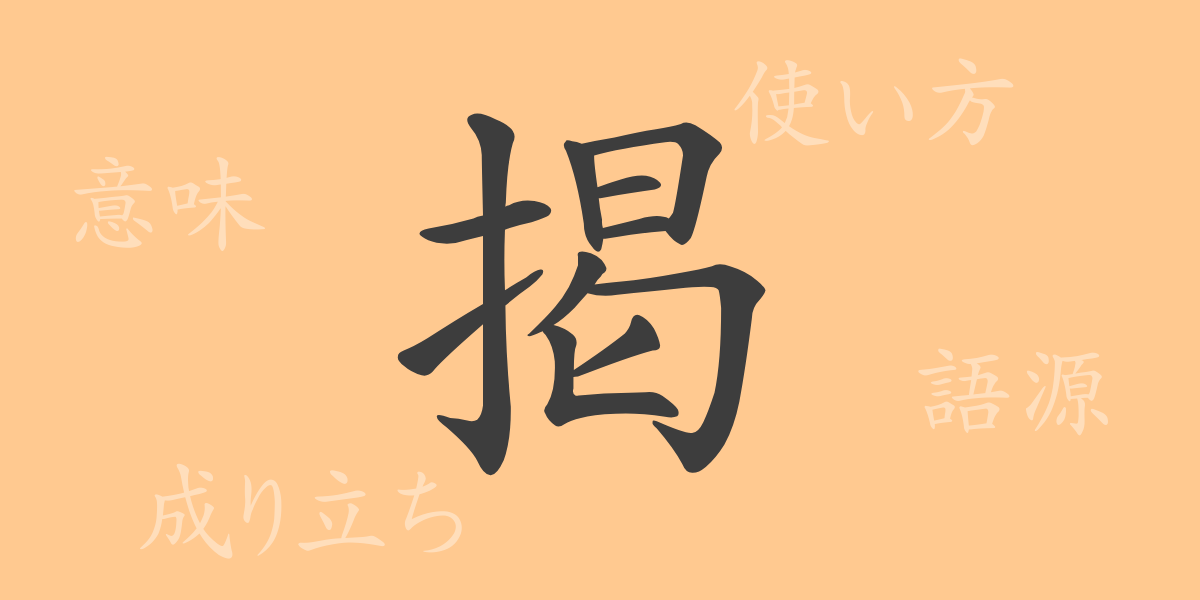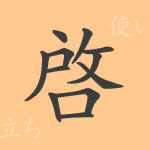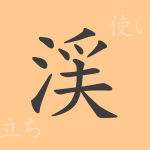The Japanese language possesses the power to delicately express emotions, landscapes, and history. Among its components, common kanji characters have profound meanings and rich expressive potential. The kanji “掲(けい)” is frequently seen in daily life, but by delving deeper into its history and meanings, we can rediscover the charm of words. This article will explore the origins, usage, and various idiomatic expressions of “掲(けい)” in detail.
Origin of 掲(けい) (Etymology)
The kanji “掲(けい)” consists of the radical “手(てへん)” meaning “hand,” and the phonetic component “曷(かつ).” Originally, it depicted the act of raising something high. Over time, its meaning evolved from a physical action to an abstract one, signifying the act of publicly displaying opinions or goals.
Meanings and Uses of 掲(けい)
“掲(けい)” means “to raise high,” “to display publicly,” and “to post.” Specifically, it is used in contexts like raising a flag, posting a notice, or setting a goal. In Japanese, it is used not only for physical actions but also to indicate goals or ideals that should be pursued.
Readings, Stroke Count, and Radical of 掲(けい)
The kanji “掲(けい)” has multiple readings in Japanese and is used differently depending on the context.
- Readings: The on’yomi (Chinese reading) is “ケイ,” and the kun’yomi (Japanese reading) is “かかげる.”
- Stroke count: 11 strokes.
- Radical: The radical is “手(てへん),” meaning “hand.”
Idioms, Expressions, and Proverbs Using 掲(けい)
There are several idioms and expressions that include “掲(けい).” Here are some examples:
- 掲示板(けいじばん): A bulletin board for displaying information in public places.
- 目標を掲げる(もくひょうをかかげる): To clearly set a goal.
- 旗を掲げる(はたをかかげる): To publicly show a particular principle or claim.
- 掲載(けいさい): To publish an article or advertisement in newspapers or magazines.
- 掲題(けいだい): The title of a book or thesis.
These examples demonstrate the diverse uses of “掲(けい)” in Japanese.
Conclusion on 掲(けい)
The kanji “掲(けい)” symbolizes the concept of raising something high to draw people’s attention. In Japan, it is often used to indicate goals or ideals, reflecting Japanese spirituality and culture. By understanding the meaning embedded in this single character, we can more deeply appreciate the richness of the Japanese language.

























